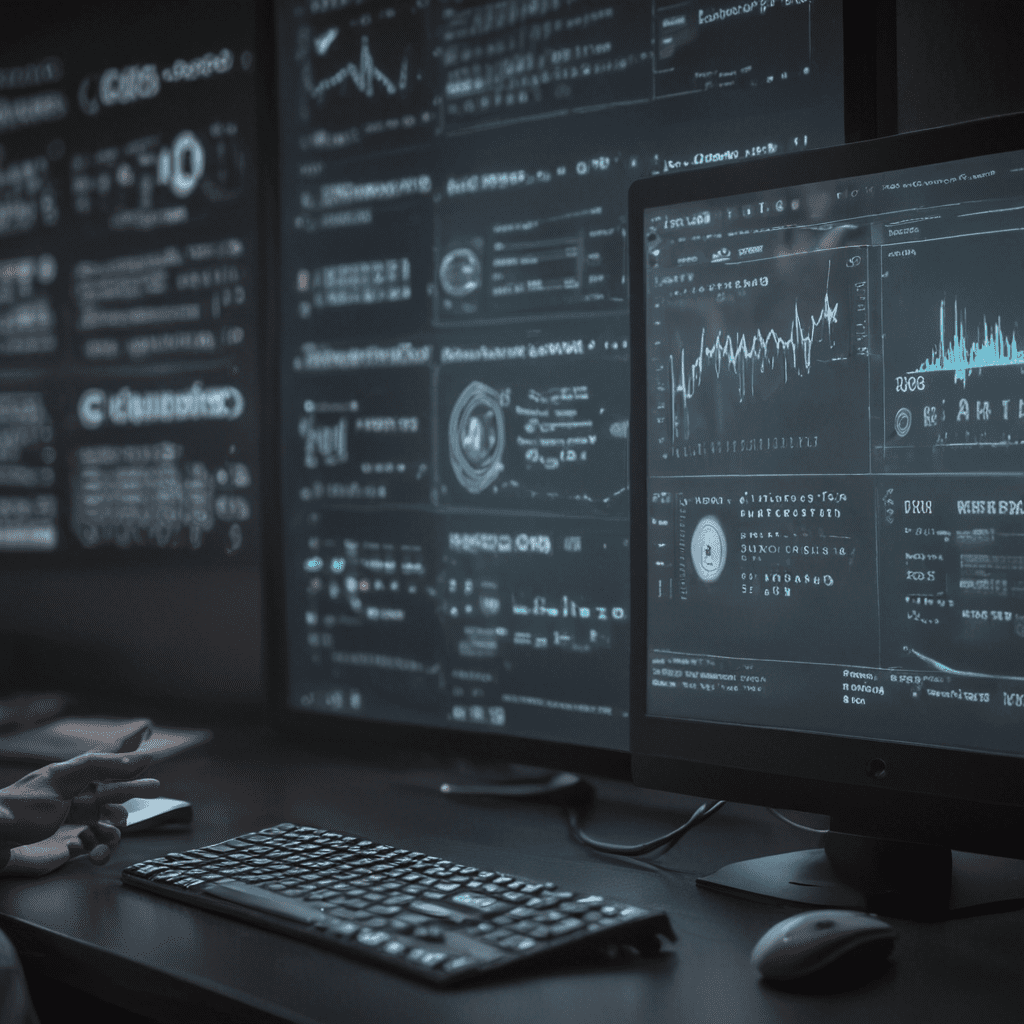
SaaS for Financial Reporting and Transparency: Improving Business Insights
Introduction
Financial reporting and transparency are crucial for businesses to gain insights into their financial performance and make informed decisions. Traditional reporting methods often involve manual processes, leading to inefficiencies and potential errors. Software-as-a-Service (SaaS) solutions address these challenges by automating and streamlining financial reporting tasks, enhancing accuracy, and improving collaboration.
Benefits of SaaS for Financial Reporting
SaaS for financial reporting offers numerous benefits:
- Automation and efficiency: Automates repetitive tasks such as data entry and report generation, freeing up time for other value-added activities.
- Improved data accuracy and reliability: Centralized data storage and standardization ensure data consistency, reducing errors and enhancing trust in financial information.
- Enhanced collaboration and communication: Real-time reporting and easy access to financial data facilitate better collaboration among finance teams and external stakeholders.
Use Cases
SaaS for financial reporting finds application in various areas:
Financial statement preparation: Automates the creation of financial statements, including balance sheets, income statements, and cash flow statements, improving accuracy and compliance.
Compliance and audit readiness: Ensures compliance with accounting standards and regulations, simplifies audit processes, and provides a clear audit trail for regulatory reporting.
Budgeting and forecasting: Facilitates the creation and management of budgets, allowing businesses to track actual performance against targets and make data-driven forecasts.
Key Features to Consider
When selecting a SaaS solution for financial reporting, consider the following features:
Real-time reporting and analytics: Provides up-to-date financial data for immediate decision-making and trend analysis.
Role-based access controls: Enables customizable access levels for different users, ensuring data security and confidentiality.
Integration with other systems: Seamlessly integrates with existing systems such as ERP, CRM, and BI, enhancing data flow and efficiency.
Best Practices
Effective implementation of SaaS for financial reporting requires adherence to best practices:
Implementation considerations: Thoroughly plan the implementation, involving key stakeholders, addressing data migration, and ensuring adequate training.
Data governance and management: Establish data governance policies, ensure data integrity, and implement regular data backups.
User training and adoption: Provide comprehensive training to users, ensuring they fully understand the system's functionality and benefits.
Cost-Benefit Analysis
Investing in SaaS for financial reporting involves both costs and benefits:
Potential costs: Software subscription fees, implementation costs, and ongoing support.
Savings: Reduced labor costs due to automation, improved accuracy leading to reduced audit fees, and increased revenue through better decision-making.
Integration with Other Systems
SaaS for financial reporting can integrate with various systems to enhance functionality:
Enterprise resource planning (ERP): Synchronizes financial data with operational systems, providing a complete view of business processes.
Customer relationship management (CRM): Connects financial data with customer information, enabling analysis of customer profitability and revenue streams.
Business intelligence (BI): Provides advanced analytics and reporting capabilities, allowing businesses to explore financial data and make data-driven decisions.
Future Trends
The future of SaaS for financial reporting is shaped by emerging technologies:
Artificial intelligence (AI) and machine learning (ML): Automates tasks, enhances data analysis, and provides predictive insights.
Blockchain and distributed ledger technology: Ensures data integrity, transparency, and auditability in financial reporting.
Cloud computing and data security: Enables secure and scalable financial reporting solutions, accessible from anywhere and anytime.
Conclusion
SaaS for financial reporting and transparency empowers businesses with automated, accurate, and collaborative financial information. By embracing the benefits and best practices outlined in this article, organizations can gain deeper insights into their financial performance, make data-driven decisions, and drive long-term success.
Frequently Asked Questions (FAQs)
Q: What is the cost of SaaS for financial reporting?
A: Costs vary depending on the provider, subscription plan, and features required.
Q: Is SaaS for financial reporting secure?
A: Yes, SaaS providers implement robust security measures to protect financial data.
Q: Can SaaS for financial reporting integrate with my existing systems?
A: Most SaaS solutions offer integration options with common business systems.
Q: How long does it take to implement SaaS for financial reporting?
A: Implementation timelines vary based on the complexity of the system and the size of the organization.
Q: What are the benefits of using SaaS for financial reporting?
A: Benefits include automation, improved accuracy, enhanced collaboration, and real-time reporting capabilities.
